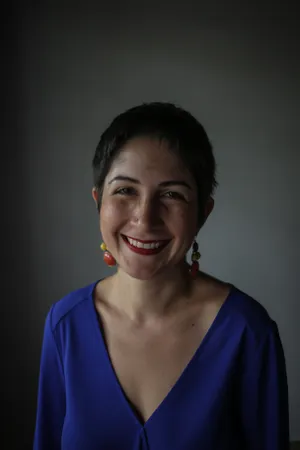SMITHSONIAN TROPICAL RESEARCH INSTITUTE
Harnessing the Wisdom of Indigenous Communities for Marine Conservation
By engaging directly with community members and embracing indigenous knowledge in the Bocas del Toro archipelago, a NatGeo project led by a Smithsonian scientist highlights the necessity of inclusive approaches to safeguard critical marine ecosystems and culture for future generations.
:focal(2120x1423:2121x1424)/https://tf-cmsv2-smithsonianmag-media.s3.amazonaws.com/filer_public/af/45/af451c8b-5cf7-425d-8638-30a8bf8785c2/a7s09048.jpg)
Ana Endara/STRI
There’s a cold front in the Bocas del Toro archipelago when we arrive in mid-February. It should be peak summertime in Panama’s Caribbean. Instead, we are greeted by cloudy skies, light rain, and choppy seas. With our rain gear and life jackets on, we take off from the Smithsonian’s dock at the Bocas del Toro research station towards Popa island to meet with the Ngäbe indigenous communities living there. This visit is part of the NatGeo project “The Many Faces of Conservation: Impacts and meaning of Bastimentos Island National Marine Park on the Ngäbe in Panama” led by Ana Spalding, the director of the Adrienne Arsht Community Based Resilience Solutions Initiative and Staff Scientist at the Smithsonian Tropical Research Institute.
In 1988, when Bastimentos Island National Marine Park was established in Bocas del Toro, the indigenous islanders living in its buffer zone were not consulted. As an environmental social scientist, Spalding is interested in listening to their side of the story, considering that the government of Panama has recently explored the possibility of expanding the park. The ecological knowledge of the Ngäbe — the largest indigenous group in Panama— is indispensable for informing policy decisions that may directly affect their ways of living and interacting with their environment in the future.
Her goal is to understand the community’s relationship to the natural resources of the Bocas del Toro archipelago, whether the creation of the National Park in the eighties had any positive or negative impacts on their livelihoods, and how they feel about a potential expansion. She also seeks to gather their perspectives on best ways to protect their marine resources.
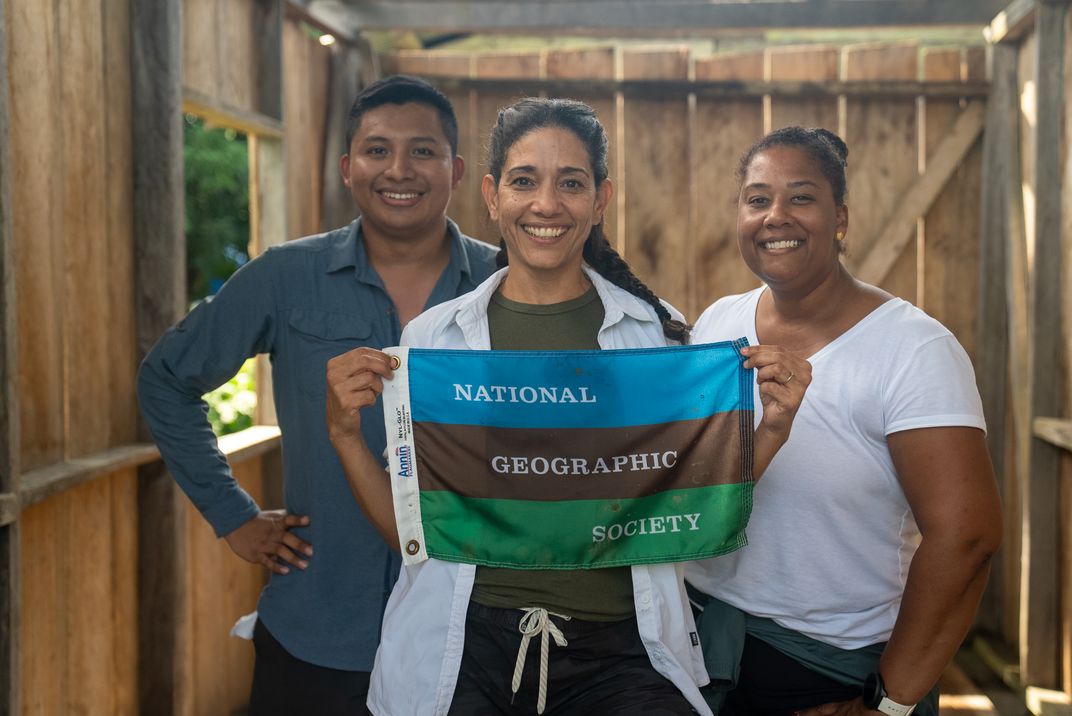
“Within the existing forms of conservation, very little information exists on local knowledge and local uses, particularly local indigenous uses,” said Spalding. "You cannot do conservation with your back to the people."
To do this work, she enlisted two colleagues with long-term ties to the region and its people: Felipe Baker a Ngäbe biologist from Kusapin —a coastal community on the Bocas del Toro mainland— and Cinda Scott, a marine biologist, and Center Director at The School for Field Studies (SFS) in Bocas del Toro. When we arrived in Popa, community members gathered in a traditional community house near the dock to meet us. Most were fishermen or housekeepers. It was 10:20 a.m., a bit later than we had anticipated because of the unusual weather conditions. They received us with sweet freshly-brewed coffee and johnny cakes —a traditional coconut-based bread from Bocas del Toro.
Cinda and Felipe led the discussion, in Spanish and, at times, in Ngäbere, while Ana took meticulous notes –making sure to organize each participants’ viewpoint based on their affiliation with specific groups within the community, such as homemakers, artisans, fishermen, or tour operators. They made it clear that the meeting had no political motives —an important clarification as the visit took place in the middle of an electoral year.
They voiced concerns over the disparity in expectations regarding mangrove forest conservation across the archipelago. Despite being prohibited from felling any mangrove trees which they rely upon for cooking fuel, they witness a stark contrast in treatment, as foreigners acquiring land in Bocas del Toro clear mangroves on their properties apparently with impunity. Additionally, they lamented the seeming decline in biodiversity, citing the disappearance of once-plentiful species such as the sardine from the mangroves and the diminishing size of traditionally relied-upon species like lobster.
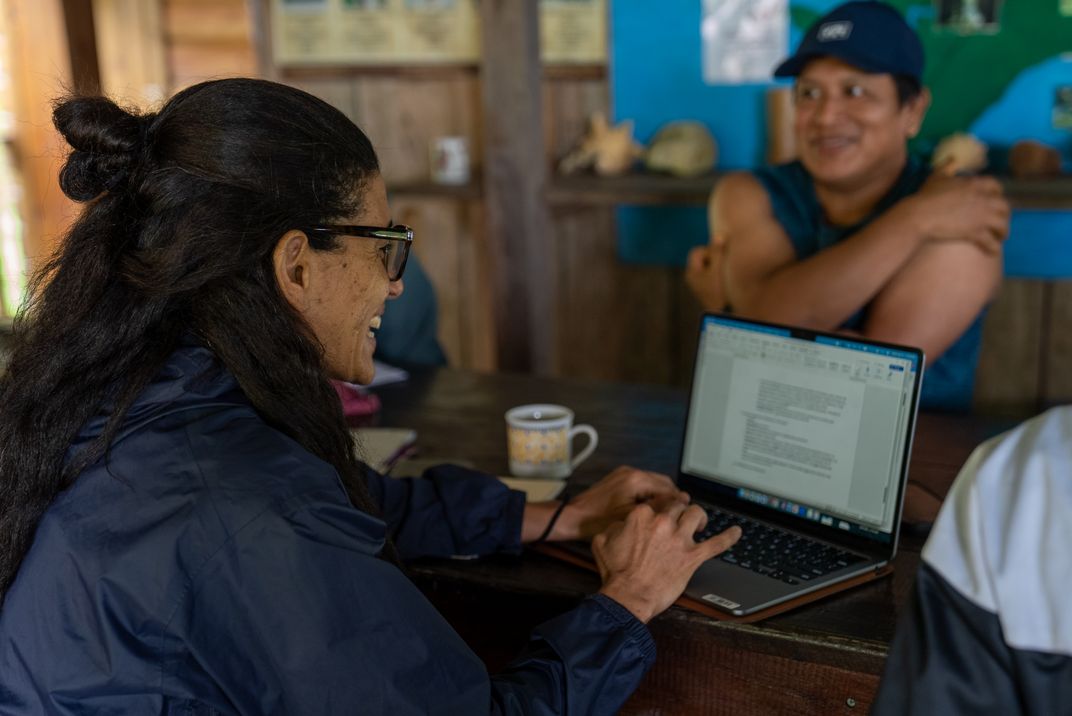
Ultimately, they found themselves grappling with a sense of powerlessness when it came to safeguarding their resources. This stemmed from the belief that they lacked the necessary authority to prevent others from over-exploiting them.
“We could call their attention a thousand times, but their response will always be that the ocean is free,” one of them said. “We could be protecting our resources, but then someone else comes to destroy what we are protecting.”
Over the next few days, we visited three other island communities—Bahía Honda, Salt Creek, and Isla Tigre—to meet with their residents. They shared a common concern: the exploitation of natural resources by outsiders, resources they depend on for subsistence or economic activities such as tourism. These resources include mangroves, coral reefs, dolphins, endangered marine species, and even their marine protein sources.
“There are very good laws, but they’re not being enforced,” said a Bahia Honda resident. “We witness it when we see them building a house over the reefs.”
A recurring pattern emerged in the four communities we visited: middle-aged and elderly men typically exhibited greater ease in expressing their perspectives, while women and younger members tended to listen attentively, except for Isla Tigre where most of the attendees were women. Following each group session, Felipe Baker conducted individual interviews with a few members of each community, gathering insights that might not surface in a collective setting.
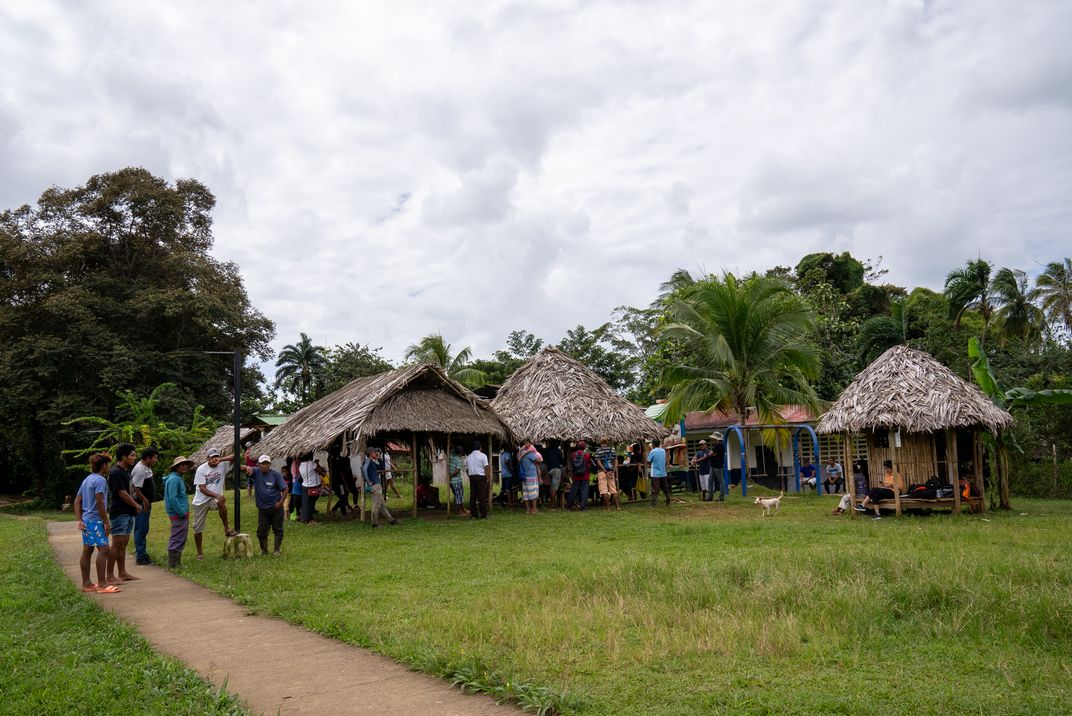
“I am a Ngäbe professional, so I am an instrument for understanding those thoughts, that knowledge, those ideas, a little more,” said Baker. “The indigenous communities have knowledge to share with the international community, the people who want to conserve, because only then can we talk about equity in conservation.”
As a gesture of gratitude to each island community, we provided ingredients for a communal lunch to conclude our day together. The meal usually consisted of chicken, rice, plantains and cabbage salad. I scribbled an observation about it in my notebook: Would you share a cup of coffee or a meal with someone you didn’t trust? Perhaps this is the natural result of people-centered environmental efforts.
“Local communities surrounding protected areas possess invaluable insights into what they value, what they seek to preserve, and what benefits their communities,” said Cinda Scott. “As external actors, it's essential for us to pause and genuinely observe the realities on the ground. The most effective way to gain this understanding is by engaging directly with the people who inhabit these areas, listening to their voices, and incorporating their wisdom into conservation efforts.”
For Spalding, it is a matter of respect; a matter of relationship-building and acknowledging the different ways of knowing and of understanding the environment.
“If there is only one voice speaking about conservation, we are giving privilege to that voice,” said Spalding. “The idea is to have multiple voices and ideally find a solution to the major environmental problems we are experiencing.”
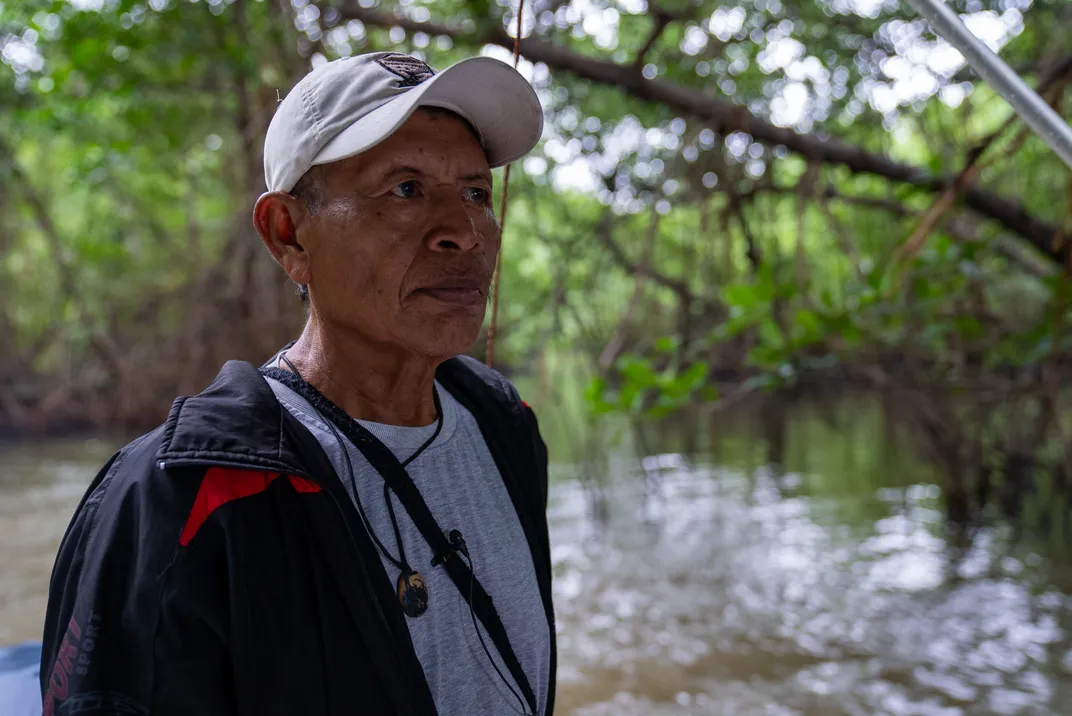
Ultimately, The Many Faces of Conservation project strives to foster equity in conversations about conservation. Upon producing a report, Spalding and her teammates intend to circulate this valuable information back to the communities involved, ensuring that they have access to and can benefit from the insights gathered, for their own self-determination or for the improvement of their well-being.
Our last day in Bocas del Toro met us with sunshine and beautiful blue skies. Setting off on our last boat journey from the Isla Tigre community back to the Smithsonian research station, the mangrove forests dotting the archipelago landscape throughout our ride served as reminders of their crucial role in shaping the identity of all those who call themselves bocatoreños.
There is no Bocas without the mangroves, I often overheard during our week in the archipelago. For locals, the mere thought of losing these vital ecosystems was inconceivable.
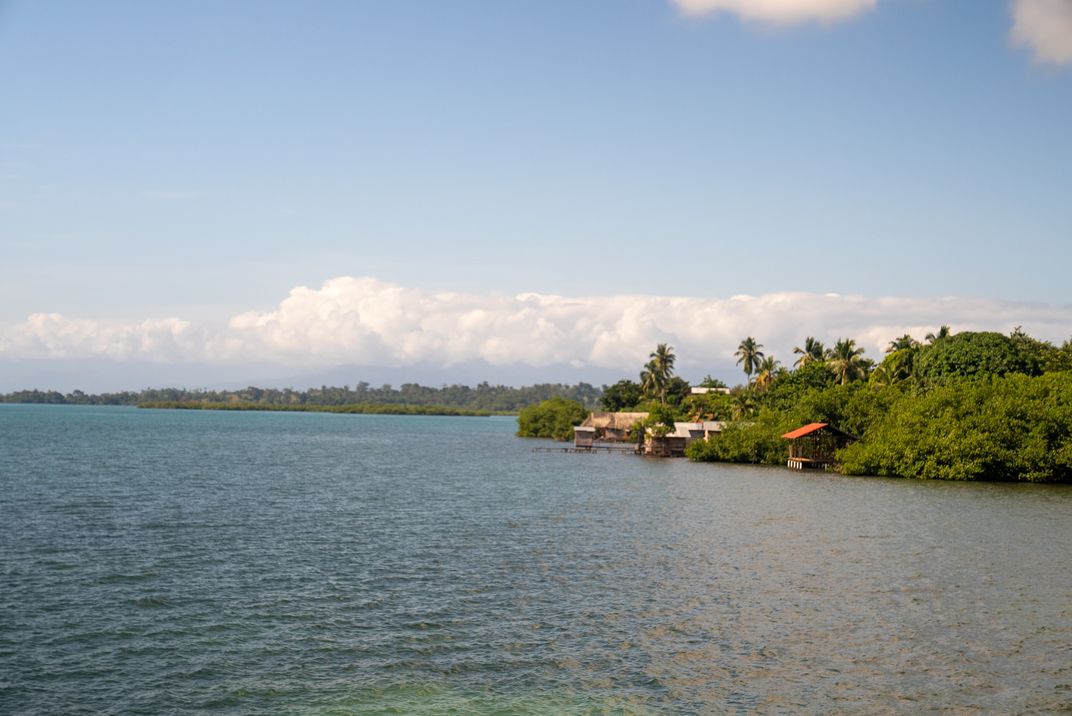
“It is the habitat where humans and the ocean meet,” said Scott.
If only we could perceive them through the lens of those — human or animal— who have been protected or have flourished amidst their roots and branches, in part by embracing indigenous ways of knowing, we would grasp the shared responsibility we hold to preserve them for the benefit and well-being of future generations.

